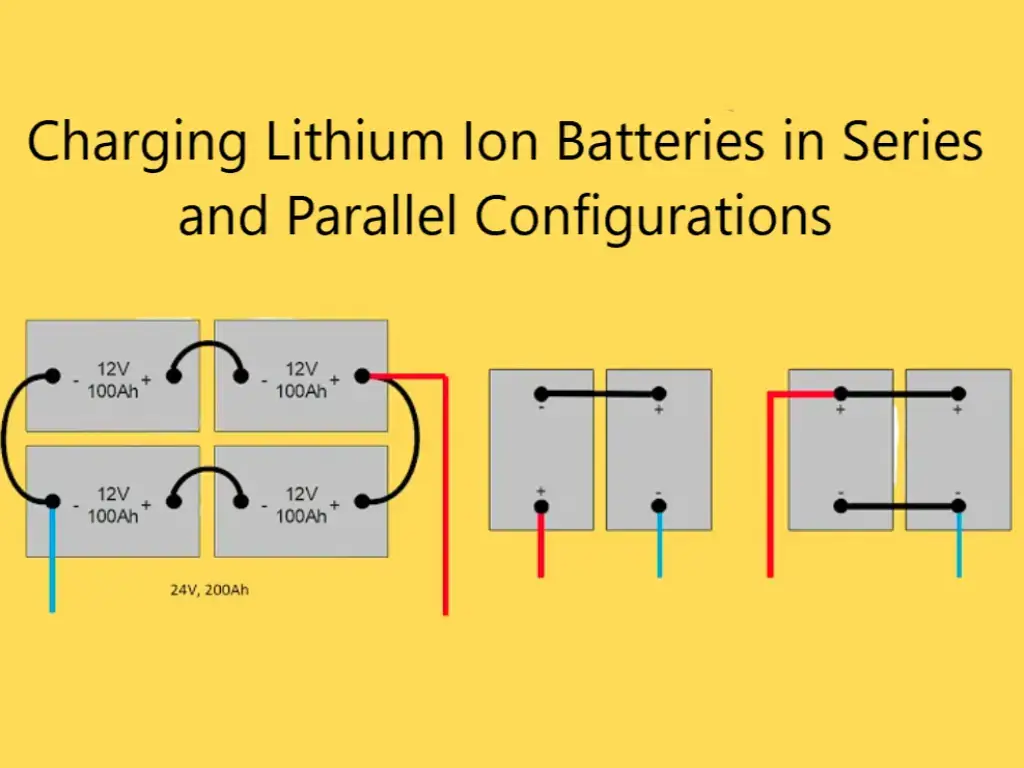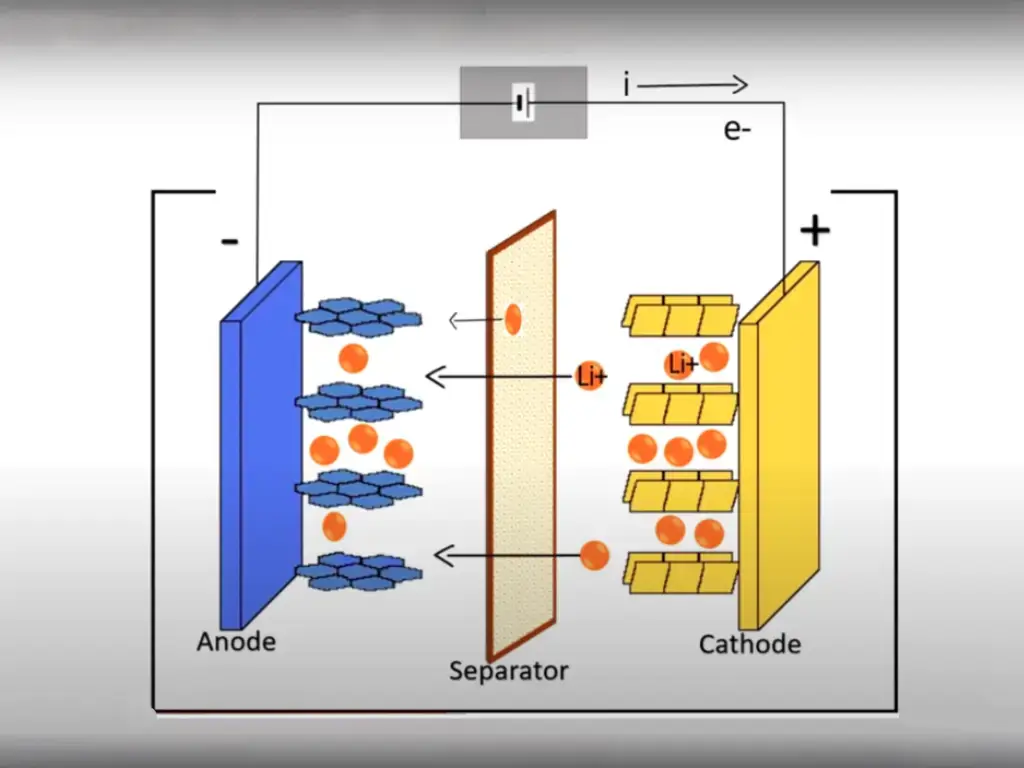7 DIY Steps for Lithium Iron Phosphate Batteries (lifepo4) , The following are the steps summarized by the Keheng New Energy engineer team, which is very suitable for European and American battery DIY players, and a practical operation guide.
7 DIY Steps for Lithium Iron Phosphate Batteries
1. Select suitable battery cells, battery cell type, voltage and internal resistance need to be matched. Before assembling, please balance the battery cells, cut the electrodes and punch holes.
2. Calculate the distance according to the hole and cut the insulating plate.
3. Install the screws. Please use flange nuts to prevent the nuts from falling off. After the screws are connected, the battery pack can be fixed.
4. When connecting and soldering wires, when connecting the voltage collection line (balanced line), do not connect an external protection board to avoid accidental burnout of the protection board.
5. The insulating silica gel is fixed again. This silica gel will cure for a long time.
6. Place the protection board. If you forget to balance the battery cells before, this is the last chance before the battery is assembled. You can balance it through the balance line.
7. Use an insulating plate to fix the entire lithium battery pack, and encapsulate it with nylon tape. Nylon tape is more durable. Please be careful not to use steel shells. Although steel shells are beautiful and sturdy, it is difficult to guarantee the degree of integration of the cells. Some If the casing is not handled properly, it is likely to scratch the cell and cause leakage, or even cause an accident due to poor insulation.
8. When the battery is packaged as a whole, please be sure to fix the battery and the protection board. The battery cell must work properly when it is dropped from a height of 1 meter.
9. The final packaging is completed, and the output and input are all made of silicone wire.
Lithium iron phosphate battery DIY precautions
1. To assemble a satisfactory battery pack, high-quality cells must be selected, and there must be a sophisticated lithium battery balance protection board. At present, the protection boards on the market are mixed, and there are also analog batteries. It is difficult to distinguish from the appearance. It is necessary to choose a comparison of digital circuit control. It is good.
2. The operation must be based on a technical foundation, because to select a suitable battery block, it is required that the internal resistance and the like should not be too large, and the parameters should not be too different.
3. Consider the selection of the charging board. If you have no technical foundation, it is not recommended to try it, as there will be a danger of explosion.
4. The lithium battery pack should be waterproof and insulated, and the batteries are arranged neatly, which will help facilitate future maintenance.
5. After the newly assembled lithium battery pack is used for a period of time, the voltage of the battery should be checked in groups. Before welding, the internal resistance of the battery should not exceed 0.05V, and the voltage error should not exceed 0.05V to prevent overshoot and overdischarge.
Safety problems during the assembly process of lithium iron phosphate batteries are manifested as burning or even explosion. The root cause of these problems is the thermal runaway inside the battery, so non-professionals recommend not to assemble lithium batteries without permission.
Since DIY lithium iron phosphate batteries require a professional foundation, the Keheng lithium battery engineer team provides one-to-one battery DIY technical support for users of marine, fishing boats, speedboats, golf, forklifts and other users at any time. Welcome to review or email us. Please read about the application of lithium iron phosphate batteries.
You can also learn about this battery series and parallel knowledge
how to easily series parallel batterry




